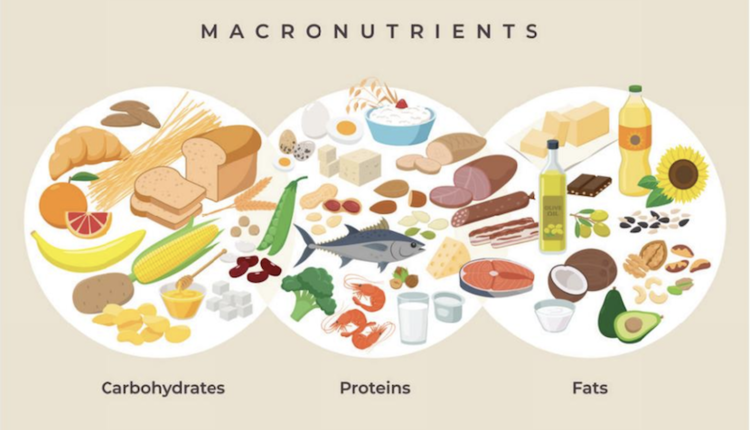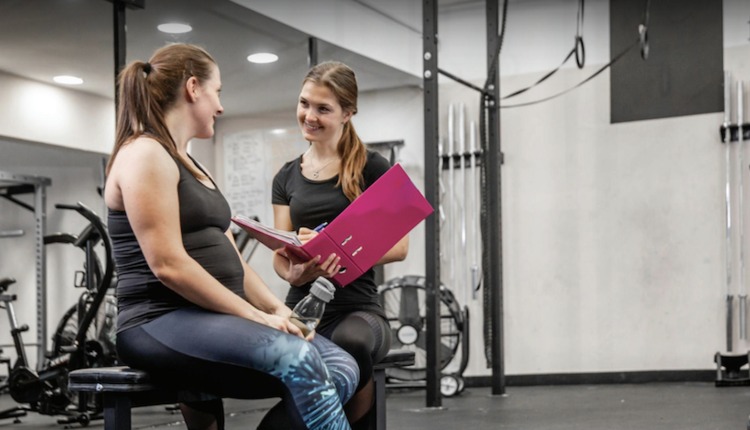
Counting macros, short for macronutrients, can assist your clients in achieving their nutrition and fitness goals. Protein, carbohydrates and fats are the three primary macronutrients accounted for while following the macros eating plan.
As a runner, I have used the macros eating plan to fuel my workouts properly, and most of my clients like using the macros method for weight loss and muscle gain. After using the macros method for a few weeks, my clients like the fact that they learn how to fuel their bodies without depriving them of nutrition. They start incorporating foods with good macronutrient balance into their diets. As time goes on, they know the macros composition of foods they are eating without weighing it or looking at the labels.
Take a look at the three key components of the macros method:
1. Calculating the Macros: The macros ratio for your clients will depend on their health and fitness goals and their sensitivity to foods. Some of your clients who want to gain muscle will do well on a high protein plan, while high carbohydrate plans will be best for endurance athletes. Technology has made calculating macros for your client's fitness goals and energy needs easy. IIFYM, MyFitnessPal and Chronometer apps are suitable for calculating macros. If you'd like to create a custom plan for your clients, you can use Mifflin-St Jeor Equation.
2. Counting Macros: Once you've figured out the macros, you can count the macros easily. It's basic math — buy a food scale and measuring cups. Weigh your food ingredients or measure them with a cup. Start with the allotted macro for the day and subtract as you eat your meals and snacks. You can use an app like MyFitnessPal to count your macro intake or keep a spreadsheet.
3. Eating Whole Foods: Macros are a great way to eat primarily whole foods without feeling deprived. Recommending that your clients consume whole foods is vital — quality of food matters. One research study found that ultra-processed foods with the same macronutrient profile as whole foods resulted in two pounds of weight gain in stable-weight adults over two weeks, whereas whole foods resulted in one pound weight loss. Weight loss and fitness gains aren't always a numbers game. The source of macronutrients and micronutrients is much more important.
One of the advantages of the macros eating plan is learning about the nutrient deficiencies in your diet. Most of my female clients are protein deficient. After following the macros eating plan, they've found foods that help them increase protein intake and prevent muscle atrophy. Counting macros can help your clients learn how the foods make them feel and how their bodies react to certain foods. It can help your clients develop long-term healthy eating habits by consuming enough of all the macronutrients your body needs. Macro counting can be time-consuming, and it's not ideal if counting the amount of food to the tiniest amounts leads to obsessive thoughts about counting calories.
It's important to remember to eat mindfully and enjoy the food while on a macros eating plan. Using it only as a tool that aids in gaining strength and fueling properly for athletic and daily activities.
Aesha Tahir is an exercise scientist and has many years of experience in the fitness industry as a personal trainer, professional educator and entrepreneur. She is the founder and operator of ToneAndStrengthen.com. She has helped many clients reach their fitness goals and attain better posture. Aesha is also guest DEI columnist for PFP. Follow her on IG @tone_and_strengthen.




















